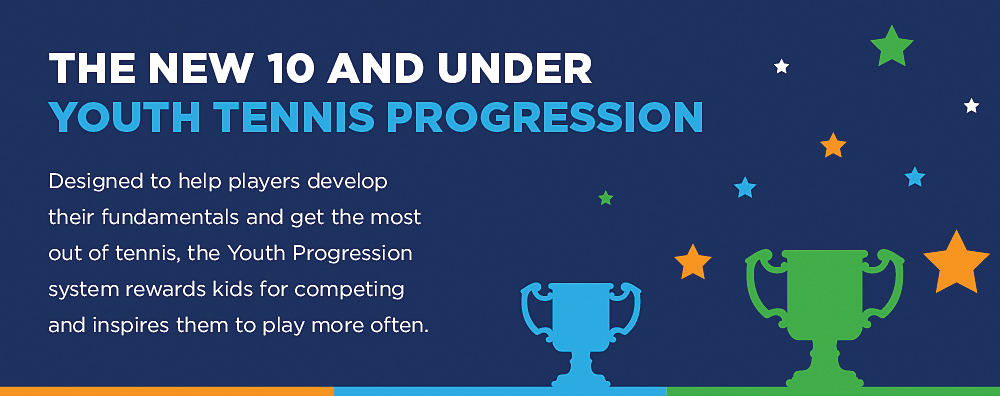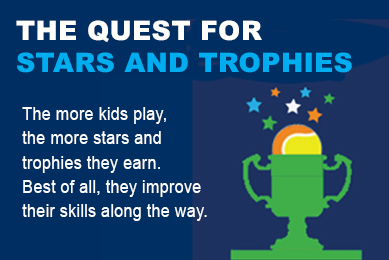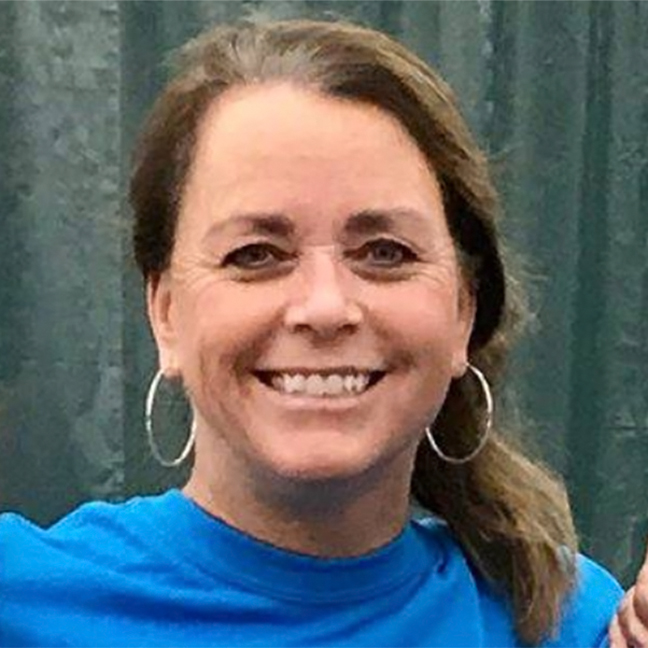Youth Progression FAQs
Frequently Asked Questions/FAQs

Why is there a Youth Progression Pathway?
The pathway ensures young players, ages 7-10 years old, compete at appropriate levels of play as they progress through competitive stages based on age, participation and achievement.
The following are a few examples of the importance of Youth Tennis Progression for our young players:
- Defined pathway
- Level-based play
- Goal-setting
- Incentive to play
- Skill development
- Recognition
- Affiliation
- Connection
In essence, it boils down to two underlying principles: Confidence and Socialization. When young players understand the expectations placed on them and can see progress working toward a specific goal, they develop confidence. And when they can develop that confidence in an environment of their peers, where everyone is working toward the same goal and hanging out in both social and competitive environments, they have fun, make new friends and enjoy a unique camaraderie that encourages sportsmanship and integrity.
“A youth progression pathway gives young players the opportunity to participate in suitable levels of competition, while allowing them to develop their games tactically and technically,” Craig Jones, USTA Director, Junior Play, told an assembled group of Colorado tennis directors, coaches and managers at a recent forum. “This system rewards players for competing and inspires them to play more often.”
When is youth progression coming to Colorado?
The USTA began rolling out the revised Youth Progression Pathway in 2016. Every USTA Section has adopted the pathway. As part of the six-state Intermountain Section, Colorado will implement the “YoPro” model beginning January 1, 2018.
What are the age requirements for the Youth Progression Pathway?
Players can begin the pathway on the first day of the month of their 7th birthday. They will age out the first day of the month of their 11th birthday. Before the age of 7, players can play in unlimited practice matches, play days and Junior Team Tennis.






